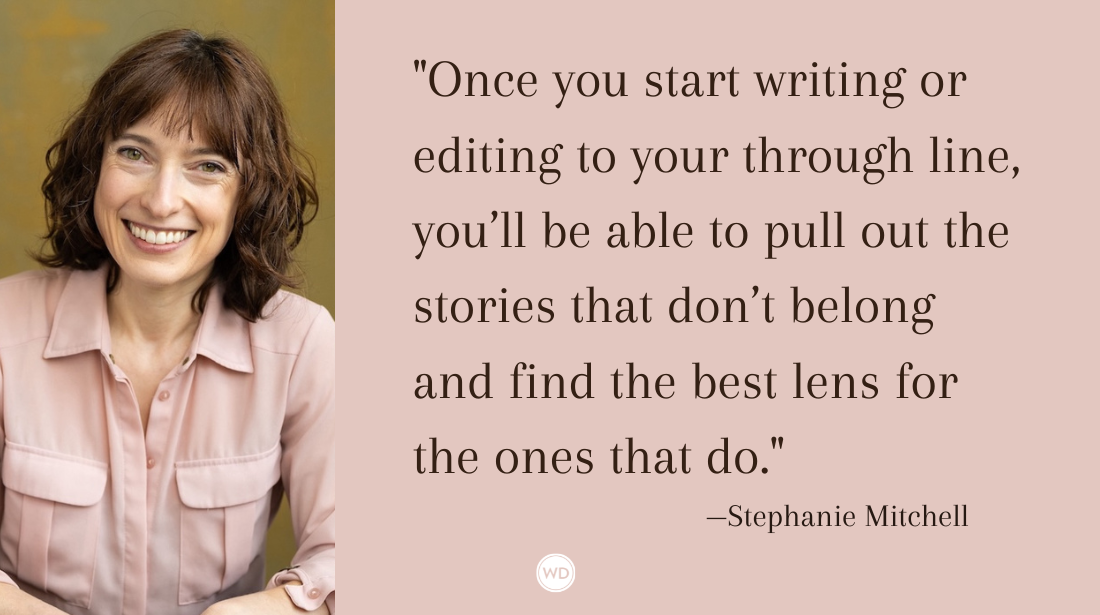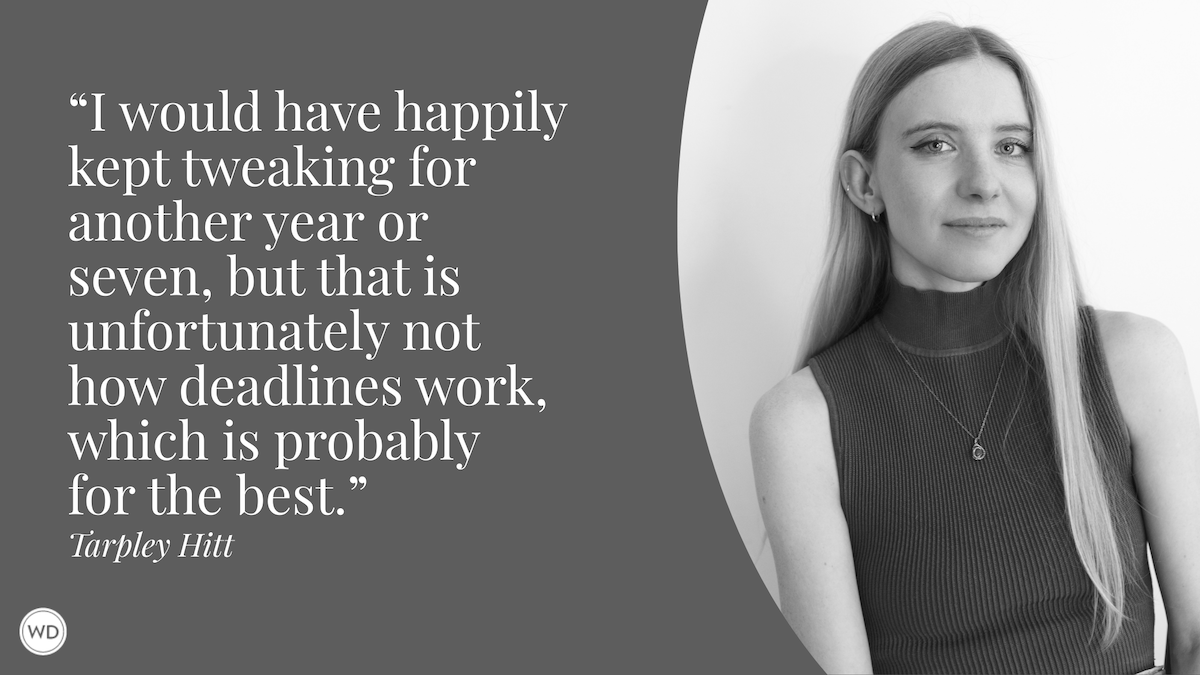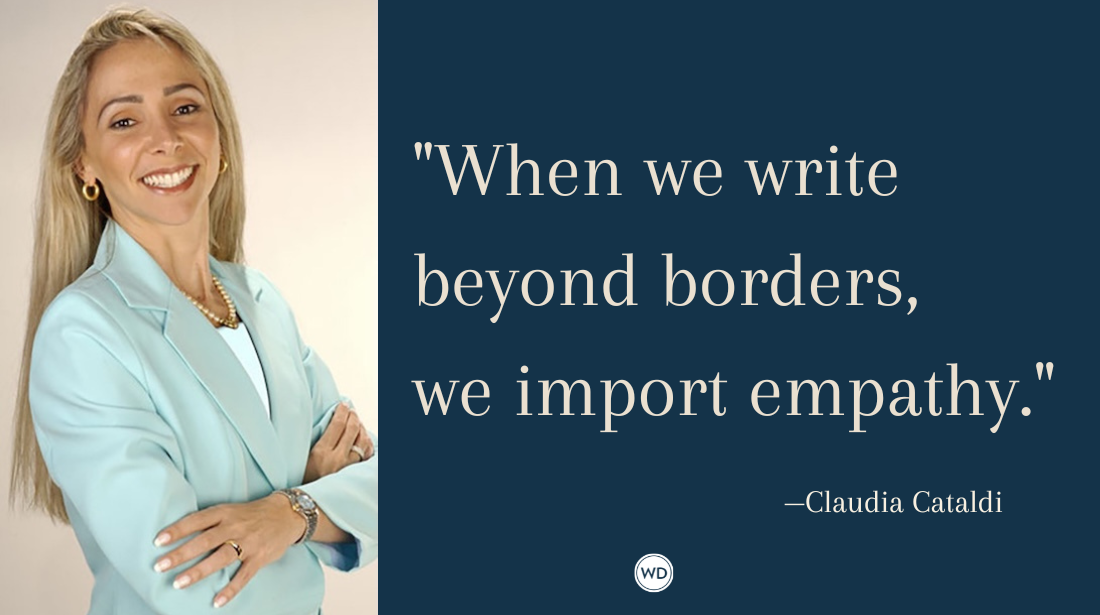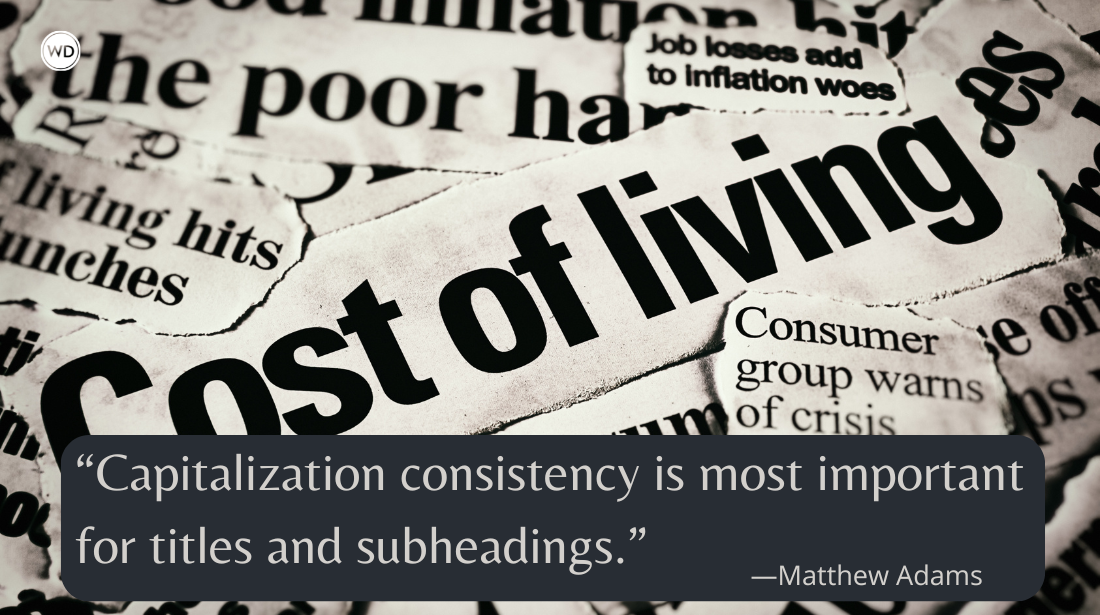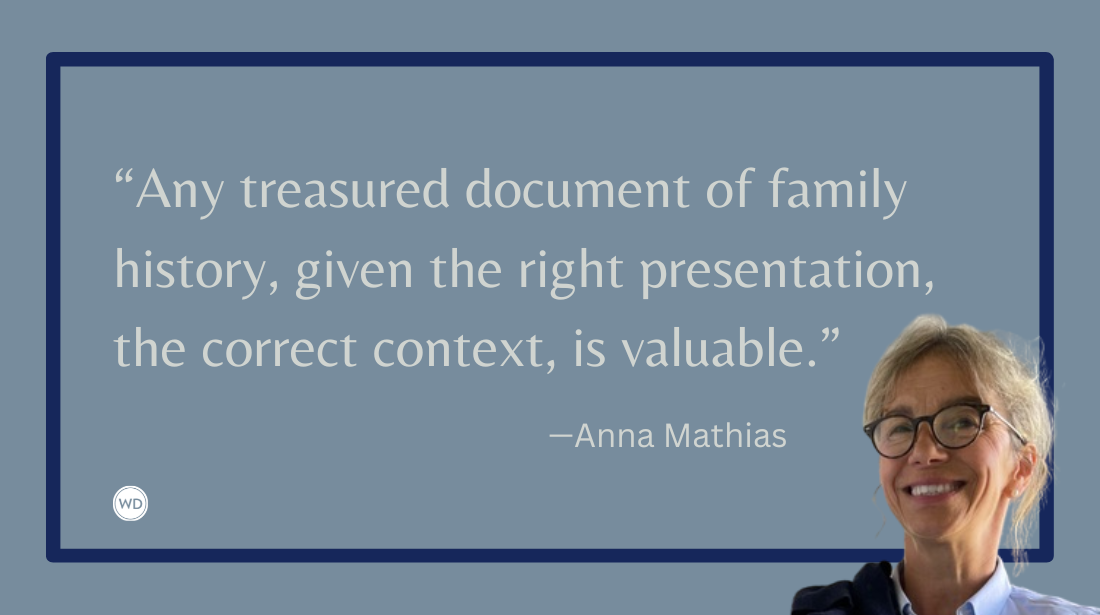Handling Primary and Secondary Sources as a Journalist
Journalist Alison Hill breaks down how to handle both primary and secondary sources in journalism.
A source in journalism can refer to a person, interview, document, speech, video, an official record, book, data, or article. This is the information reporters rely on to build a substantive, credible, and impactful story.
There are two main types of sources in journalism—primary and secondary. We’ll address how to handle them separately.
A primary source refers to firsthand evidence, raw information, and original research material. This could be an interview the journalist conducts with a person who witnessed or participated in an event or has direct knowledge of a subject, or the material written by such an eyewitness (a diary, report, or transcript). It can be data and statistics, results of polls and surveys, government documents (such as reports of legislative sessions), photographs, or video. Sources also include speeches, audio recordings, and interviews with government officials, business leaders, politicians, and organizations.
A secondary source is citation, commentary, interpretation of, or an analysis of a primary source. This could be an article, book, a reference to an existing interview, or a review of data or research. In essence the author did not experience the event firsthand and did not conduct the research themselves, so is one step removed from the primary source material.
Sometimes newspaper or magazine articles that report directly on current events can be considered either primary or secondary sources. A journalistic piece, such as a news article or feature, should consist of multiple sources and include records and people.
On Handling Primary Sources
“Don’t quote me on that…”
Experienced journalists have probably heard this request at least once during their careers. It can derail a possible story. You need at least one source on the record as well as supporting research for a news piece to be credible. There’s nothing worse than reading an article which states, “a source close to the politician claims…” or “according to officials…”
Attribution is important if you want people to take you seriously as a journalist. For the sake of transparency and accuracy, you must use reliable information and sources, especially if the story is big, covers a serious issue, or involves influential people. Sources who are in some way involved in the story, from experts to victims, should be identified whenever possible.
But sometimes you encounter sources who wish to remain anonymous for legitimate reasons. Maybe exposure could threaten their social standing, employment, or even their safety. In some cases, anonymity is required, if the story involves a minor or a victim of sexual assault. Deep Throat, the secret government informant who helped expose the Watergate conspiracy (who was identified in 2005 as former FBI associate director, Mark Felt), is probably the most famous anonymous source of all time.
As investigative journalists for a current affairs series, we often pursued controversial stories and many of them never materialized because we could not find enough people willing to speak on the record. If a person wanted to appear on the show anonymously, we would hide their identity by filming the interview in silhouette and disguising their voice. For example, when investigating the activity of an allegedly dangerous cult, our main source (a former member) was interviewed in silhouette and never identified.
In print journalism, it’s important to be accurate when quoting a source. Unless your source or contact is in danger, under 18, will be compromised if you reveal their identity, or has explicitly asked not to be quoted, an attribution should be used. According to The Associated Press guidelines on attribution, a source’s name, title, age, and hometown should be included where appropriate, in addition to the name of their company, organization or government department. This solidifies their relevance to the story and will not only strengthen the piece but add credibility to the publication.
*****
The Writer’s Digest Guide to Journalism is a practical, informative, and well-researched introduction to journalism and its best practices, with actionable advice, tips, techniques, explanations, and anecdotes straight from the field. In this digital guide, writers will learn how to write an effective news piece, skills need to be an effective journalist, outlets for publishing journalism, journalism associations, and so much more. Both inspirational and pragmatic, The Writer’s Digest Guide to Journalism is packed with valuable resources for aspiring journalists.
*****
The Associated Press has also posted a strict set of guidelines on the use of anonymous sources on their website. You can read them here.
For information on how to proceed if you’re ever requested to reveal an anonymous source, please check the resources below.
Unless you’re pursuing a highly controversial topic or sensitive issue, sources for most stories are usually accommodating. Always treat sources with respect and gratitude, as they’re giving up their time and energy, as well as putting their names out in the public sphere. Never pay a source for information. Checkbook journalism is not only controversial it’s also unethical and can lead to disinformation. How many times you visit with and formally interview the story’s main source depends on the depth and length of the piece you’re researching and writing. It also depends on logistics. It’s preferable to conduct an in-person interview, but for freelancers especially, this isn’t always possible, so phone and digital interviews are fine. Interviews should be recorded so you can quote verbatim in your piece.
As for other types of primary sources, such as government data, statistics, documents, and records, the key is authenticity and reliability. You must acquire information, such as statistics and official reports, through legitimate online sites, for example the US Bureau of Labor Statistics. If it’s offline, make some calls and speak directly with the appropriate person. You may also need to visit the library or archives; it all depends on your story. For example, I was researching the dangers of low-flying jets and needed the military report on a fatal cable car accident involving a U.S. Marine Jet. I contacted Langley Air Force Base, explained what I needed, and received the document by mail. Most of it was redacted, but we filmed it and used it in our program regardless.
If your story is data driven, a list of the world’s poorest countries per capita GDP for instance, make sure you’re quoting the most recent figures. Primary sources of this nature can also include text of laws and similar documents, famous speeches, scientific research reports (which you can obtain from institutions or organizations who conducted the research), and legislation.
Always make sure you accurately quote these sources in your piece and include attribution. If it’s an online publication or official site add a link to the report, research paper, or document, when possible. This makes it easy for readers to verify the information you’ve provided.
When referencing (or using) a photo or video, you must identify where you found it (archives, news library, documentary, etc.) and where it was published or broadcast.
On Handling Secondary Sources
Whereas primary sources are firsthand accounts, secondary sources are written or recorded after the fact, including commentary or interpretation of the primary source materials.
History books are an example of a secondary source, as are journal and research-based articles, political commentary, scholarly articles, biographies, reviews of laws and legislation, and analysis of data or reports.
Most writers will use secondary as well as primary sources to strengthen their piece and add a diversity of viewpoints and expert insights and perspectives. Primary research takes time and resources, and if you’re writing a shorter piece to a tight deadline, it’s sometimes easier to utilize and reference a secondary source.
Secondary sources should be handled with the same respect as a primary source and properly attributed. You can either quote a source verbatim from an interview, summarize what a source has said publicly, or paraphrase a source from an existing article or book. You must also explain why this analysis or opinion is relevant to the story, and state where and when it was quoted, citing the title, author, and publishing date of the book, magazine, or other resource.
When using online resources and information, thoroughly research the publication or website and try to locate the original source material. Disinformation is rife online, as we all know, so caution is advised. Using false information can seriously backfire on a journalist and can damage the reputation and integrity of the publication.
__________________________
Resources
- U.S. Bureau of Labor Statistics website
- SPJ Code of Ethics
- https://www.ap.org/about/news-values-and-principles/telling-the-story/anonymous-sources
- https://www.cjr.org/united_states_project/journalists_privilege_shield_law_primer.php#:~:text=There%20is%20no%20federal%20shield,based%20on%20state%20common%20law.
Alison Hill is a freelance writer, journalist, and Emmy-nominated producer who writes for print and online publications. Since 2001, Alison has been a regular guest commentator on BBC radio news shows discussing US politics and current events. Before going solo, she was a PBS producer and director and also worked as an investigative journalist for a Welsh TV series. From hosting TV shows and creating online content to going undercover with a hidden camera, she’s done it all. Alison grew up in a tiny village in Wales and speaks fluent Welsh. She’s an avid hiker, who also loves camping, kayaking, and reading. She now lives in South Carolina with her husband, 8-year-old daughter, and two rescue cats.




